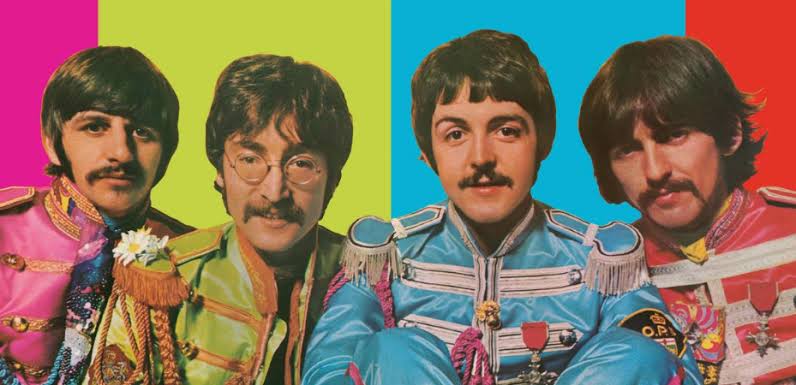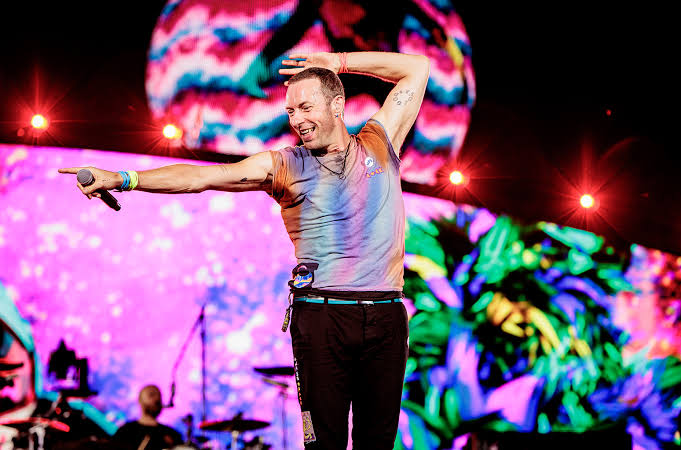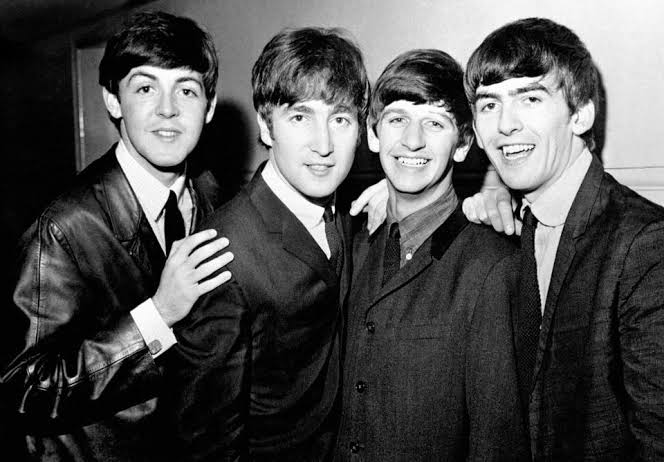They were the biggest band the world had ever seen — four young men from Liverpool who sparked a cultural revolution. But behind the screaming fans, sold-out stadiums, and polished public image, The Beatles were unraveling under the crushing weight of their own success.
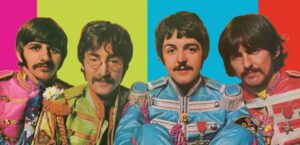
At the height of Beatlemania, John Lennon, Paul McCartney, George Harrison, and Ringo Starr lived in a world few could comprehend. Endless touring, sleepless nights, and suffocating fame turned their lives into a chaotic whirlwind of excess and emotional breakdowns.
John Lennon once chillingly described their early fame as “being trapped in a bubble you couldn’t escape.” While fans saw them as cheeky, carefree icons, behind the scenes the pressure was breaking them apart.
Ringo Walks Out — And Nearly Broke Up The Beatles
In 1968, as the band worked on the now-legendary White Album, tensions in the studio reached a boiling point. Endless arguments over creative control, personal grudges, and inflated egos left the once-unshakable bond between the four shattered.
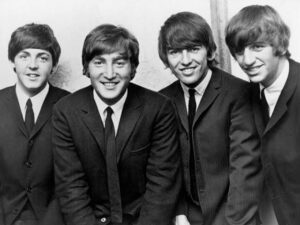
Ringo Starr, tired of feeling like a second-class citizen in his own band, walked out of the recording sessions in frustration. For two full weeks, The Beatles operated without him — with Paul even filling in on drums.
Few fans realize how dangerously close the world came to losing The Beatles at the height of their powers. Ringo’s departure was a clear sign of a band spiraling out of control.
A Band Drowning in Drugs and Fame
Away from the cameras, The Beatles dove deep into LSD, marijuana, and experimental substances, chasing escape from the unrelenting pressure of being the most famous people on earth. What started as curiosity turned into dependency, affecting both their music and their fragile relationships.
While the public devoured hits like “Hey Jude” and “Revolution”, the band was imploding behind closed doors — battling jealousy, creative disputes, and emotional breakdowns.
George Harrison, long overshadowed by Lennon and McCartney, grew increasingly bitter over being ignored, despite crafting what would become some of The Beatles’ most loved songs. Meanwhile, John’s growing relationship with Yoko Ono drove a further wedge between him and the rest of the band.
The Illusion of Unity
For years, The Beatles maintained the illusion of unity, even as they quietly resented one another. Insiders described the atmosphere during The White Album sessions as cold and poisonous — a band held together not by brotherhood, but by obligation and commercial contracts.
When Ringo finally returned, it wasn’t out of reconciliation, but necessity. The cracks were visible, and the inevitable breakup was already looming.
The Legacy of a Beautiful Disaster
Today, The Beatles are remembered as legends — and rightly so. Their music changed the world. But the truth behind their smiling faces and harmonic melodies is a story of human flaws, fragile egos, and the dark price of unimaginable fame.
It’s a reminder that even the greatest band in history was far from perfect — and maybe that’s why we still can’t look away.
